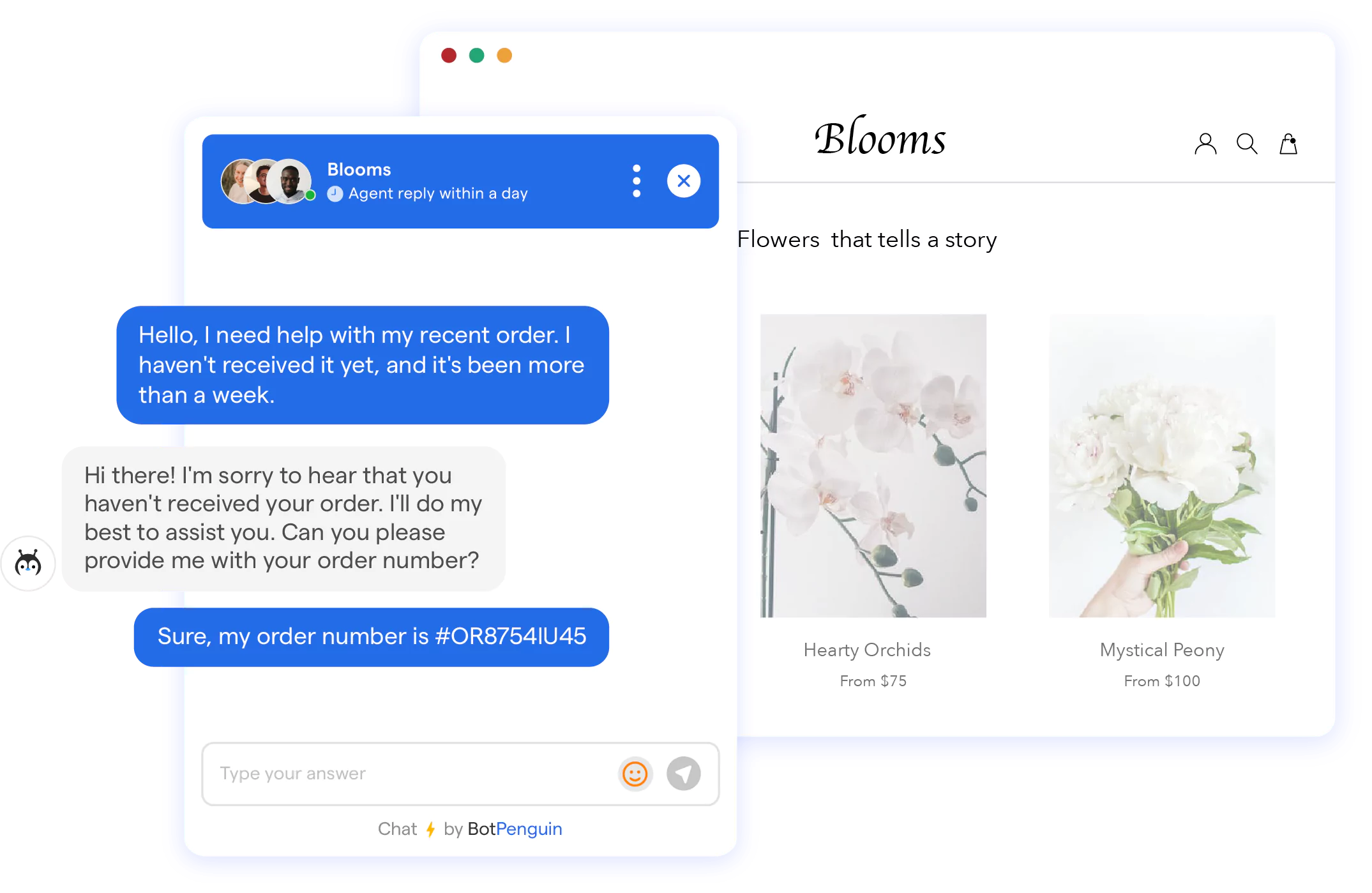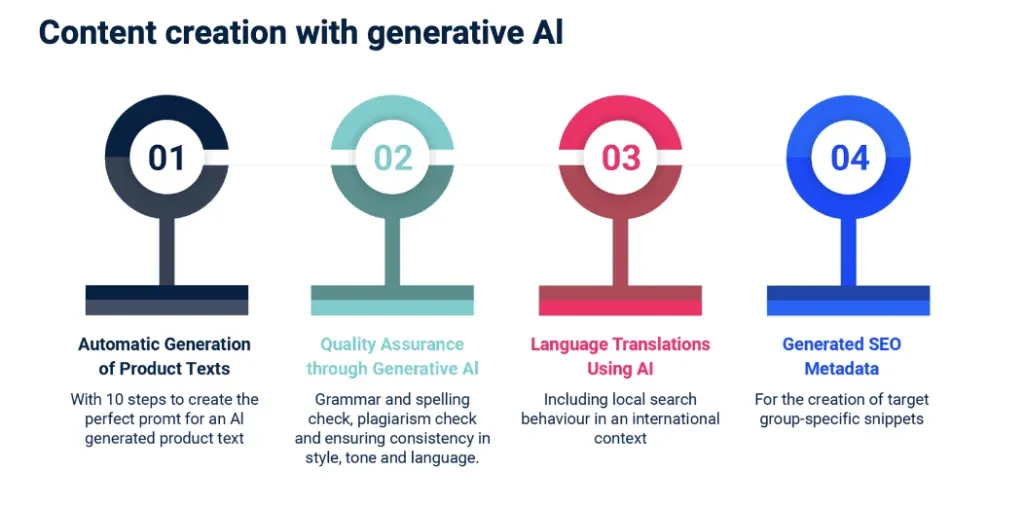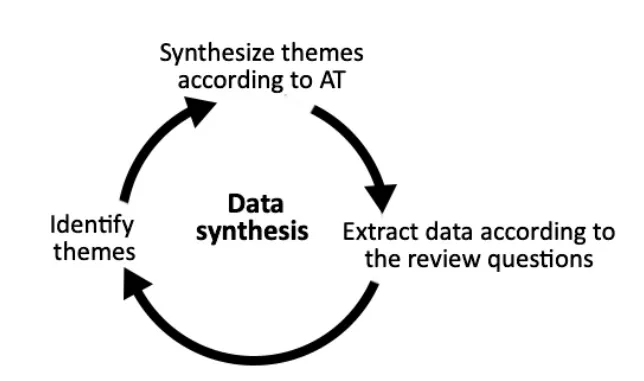Introduction
Generative AI is transforming organizations by automating complex tasks that once required specialized skills and extensive training. Powered by techniques like deep learning and neural networks, generative AI platforms generate original content, insights, and predictive models tailored to business needs with just goal-oriented prompts.
Global spend on generative AI is forecasted to grow from $644 million in 2022 to $13 billion by 2024 at an astonishing CAGR of 92.7%, making adoption critical for competitiveness (ABI Research).
As leading options like image generators, neural search, data synthesizers, demand predictors, content composers, code generators, process automation, recommendation engines, and chatbots emerge, companies now actively deploy generative AI across marketing, customer service, IT, operations, finance and product teams.
63% of enterprises experiment with prompt programming for use cases like mass-personalized marketing and predictive analytics automation (Appen).
This guide helps identify different types of generative AI apps that enhance workflow efficiency. We analyze features, top vendors, and suggest starting points for adopting generative AI to maximize your ROI.
1. Chatbots
Chatbots are AI-powered virtual assistants designed to interact with users through natural language conversations. They can understand and respond to user queries, provide information, and even perform tasks. Chatbots can be integrated into messaging platforms, websites, and mobile apps, allowing businesses to provide immediate customer support and engage with users in real-time.

Applications in Customer Support
Chatbots are revolutionizing customer support by offering instant assistance and personalized experiences. They can handle basic customer inquiries, provide product recommendations, and even assist with troubleshooting.
Businesses can free up their human agents to focus on more complex and specialized customer support issues by offloading repetitive tasks to chatbots. Chatbots ensure 24/7 availability and consistent service, improving customer satisfaction and loyalty.
And, if you want to begin with chatbots but have no clue about how to use Generative AI to train your chatbot, then check out the NO-CODE chatbot platform, named BotPenguin.
With all the heavy work of chatbot development already done for you, BotPenguin allows users to integrate some of the prominent language models like GPT 4, Google PaLM and Anthropic Claude to create Generative AI-powered chatbots for platforms like:
2. Content Generation
In this section, we'll explore the exciting world of content generation powered by Generative AI. Get ready to discover how AI-powered tools revolutionize content creation, enhance marketing efforts, and unleash creativity!
AI-powered Content Creation Tools
Generative AI has created a new generation of content-creation tools to automate and enhance the creative process. These tools utilize AI algorithms to generate text, articles, and even entire stories based on user inputs. Here are some examples of content-generation tools:
GPT-3 (Generative Pre-trained Transformer 3): A language generation model developed by OpenAI that can generate human-like text based on given prompts and context.
Article Forge: A platform that utilizes AI algorithms to generate unique articles based on keywords and research sources.
Hugging Face: A platform that offers a range of language AI models, including content generation and summarization, available for use through an API.

Use Cases in Marketing and Copywriting
Generative AI is transforming the way businesses approach marketing and copywriting. AI-powered content generation tools can help businesses create compelling ad copies, blog posts, social media content, and email marketing campaigns.
By harnessing the creative power of AI, businesses can quickly generate engaging and persuasive content that resonates with their target audience, saving valuable time and resources.
3. Image Generation
Image generative models, like GANs, are AI algorithms that generate new images based on patterns and training data. These models consist of two components: a generator and a discriminator. The generator creates new images, while the discriminator evaluates and provides feedback on the generated images. Here are some examples of image generation tools:
DeepArt is a platform that utilizes neural networks to transform ordinary photos into visually stunning artworks inspired by famous artists.
GANBreeder is a tool that generates unique images by combining two or more images to create novel visuals.
Artbreeder is a platform that enables users to generate custom images by combining and remixing different art styles and elements.
Applications in Graphic Design and Visual Content
Image generative models are revolutionizing the field of graphic design and visual content creation. Businesses can leverage these models to generate unique, eye-catching visuals, illustrations, and designs for branding, marketing collateral, and social media campaigns.
4. Video Generation
In this section, we'll explore the fascinating world of video generation powered by Generative AI. Get ready to discover how AI-driven video creation is transforming marketing, advertising, and content creation!
Here are some examples of video-generation tools:
Wibbitz is a platform that uses AI algorithms to analyze text and generate engaging videos with relevant images, video clips, and voiceovers.
Lumen5 is a tool that generates videos based on text input and offers customization options for music, style, and visuals.
Rawshorts is a platform that enables users to create animated explainer videos and provides AI-generated voiceovers and music.
AI-Driven Video Creation
Generative AI has paved the way for AI-driven video creation tools that automatically generate videos based on user inputs and preferences. These tools utilize AI algorithms to synthesize and edit video clips, add effects and transitions, and even incorporate text and graphics.
Marketing and Advertising Applications
AI-driven video generation is revolutionizing marketing and advertising campaigns. Businesses can leverage these tools to create engaging video ads, product demos, and promotional content.
Suggested Reading:Unveiling the Power of Generative AI for Marketing
5. Music and Audio Generation
Let's explore the realm of music and audio generation powered by Generative AI.
AI in Music Composition
Generative AI is transforming the way music is composed. AI algorithms can analyze vast amounts of musical data to learn patterns, styles, and harmonies. This deep understanding enables AI to generate original compositions in various genres and styles. Here are some examples of music and audio generation tools:
Jukedeck is a platform that automatically creates royalty-free music based on user preferences, such as genre, mood, tempo, and duration.
Amper Music is a music creation platform that generates custom music tracks based on users' style preferences, musical projects, and moods.
Lyrebird AI is a platform that offers AI-generated voice cloning and synthesis capabilities for speech generation.
Podcast and Audio Content Creation
AI is also revolutionizing audio content creation, particularly in the realm of podcasting. With AI-powered tools, content creators can streamline editing processes, enhance audio quality, and even automate transcription and captioning.
6. Data Synthesis
In this section, we'll explore the role of Generative AI in data synthesis and its applications in machine learning model training. We'll also discuss privacy and ethical considerations surrounding the use of synthetic data.

Generating Synthetic Data for Testing
Generative AI algorithms can generate synthetic data that closely mimic real-world data. This synthetic data can be used for testing and fine-tuning machine learning models. By generating a diverse range of data points, businesses can ensure their models are robust and perform well in various scenarios.
Here are some examples of data synthesis tools:
DataRobot is an AI-driven platform that generates large volumes of synthetic data with characteristics similar to real data and can be used for training machine learning models.
Synthetic Data Vault is a tool that enables users to generate custom synthetic datasets based on specific requirements, such as data formats, variability, and size.
AM Synthetic Data Generator is a platform that creates realistic synthetic data to improve data security and enable AI model development for financial institutions.
Applications in Machine Learning Model Training
Generative AI-driven data synthesis is invaluable in training machine learning models when real-world data is scarce, inaccessible, or sensitive. Synthetic data can help bridge the gap and provide the necessary data to enhance model performance. It allows for extensive experimentation, speeding up the model development process and improving accuracy.

Privacy and Ethical Considerations
While synthetic data generation offers numerous benefits, privacy and ethical considerations must be addressed. Care must be taken to ensure that the generated synthetic data does not infringe upon individual privacy or perpetuate biases present in the training data.
7. Code Generation
In this section, we'll explore how Generative AI is revolutionizing code generation and software development. Let's dive into the world of AI-assisted coding tools, their impact on development efficiency, and the challenges they face.
AI-assisted Coding Tools
Generative AI is powering AI-assisted coding tools to generate code snippets, suggest code improvements, and even automate repetitive coding tasks. These tools leverage AI algorithms to analyze massive amounts of code data, learn patterns, and assist developers in writing efficient and error-free code.
Here are some examples of code-generation tools:
Tabnine is an AI-powered code completion tool that integrates with various text editors and IDEs and provides intelligent code suggestions based on context.
Kite is a platform that offers AI-powered code completions, documentation, and snippets and can integrate with workflows across multiple platforms.
DeepCode is an AI-driven platform that analyzes codebases and provides code recommendations based on potential issues and best practices.

Enhancing Software Development Efficiency
AI-powered code generation improves software development efficiency by automating repetitive tasks, reducing errors, and providing intelligent suggestions. Developers can focus on high-level design and problem-solving while AI handles the tedious and mundane coding tasks.
Suggested Reading:7 Innovative Ways Generative AI Apps Boost Business Productivity
8. Virtual Avatars and Characters
Let's explore how Generative AI is shaping the creation of virtual avatars and characters, revolutionizing gaming and virtual environments. AI is making its mark in this field from creating virtual identities to personalization and user engagement.
Creating Virtual Identities with AI
Generative AI enables the creation of realistic and customizable virtual avatars and characters. AI algorithms can generate visually accurate representations by analyzing human facial and body data. Users can customize their avatars based on their preferences, creating virtual identities resembling or embodying entirely different personas.
Applications in Gaming and Virtual Environments
AI-generated virtual avatars and characters have significant applications in gaming and virtual environments. Players can immerse themselves in virtual worlds with lifelike avatars that mimic their movements and expressions.
Here are some examples of virtual avatar and character tools:
Ready Player Me is an AI-driven platform that generates customizable virtual avatars for gaming and virtual reality experiences based on user preferences.
Maximo is a tool that creates personalized 3D characters for animations, gaming, and e-learning content and offers customization options for appearance, clothing, and accessories.
Character Creator is a platform that enables users to create 3D characters for games, animation, and virtual reality experiences and provides a wide range of customization options.b
9. Design and Creativity Assistance
In this section, let's discover how Generative AI is revolutionizing the design industry and streamlining creative processes. From AI-powered design tools to their impact on traditional design industries, there's a lot to explore!
AI-powered Design Tools
Generative AI is transforming the design industry by powering AI-assisted design tools. These tools can generate design variations, suggest creative ideas, and automate repetitive design tasks.
Here are some examples of design and creativity assistance tools:
Canva is a popular platform that offers AI-generated design suggestions, such as font pairings, color combinations, and layout recommendations, and streamlines the design workflow for non-designers.
Adobe Sense is an AI-powered platform embedded in Adobe's suite of design tools that provides AI-generated recommendations for tasks such as image editing, object removal, and background replacement
Streamlining Creative Processes
AI-assisted design tools streamline creative processes by automating routine design tasks and generating design iterations quickly. Designers can focus more on conceptualization and problem-solving, while the AI handles repetitive tasks.
Conclusion
In conclusion, generative AI applications offer a wealth of opportunities for businesses to streamline operations, enhance customer experiences, and drive innovation across various domains. From chatbots and virtual assistants to content generation and creative design, the possibilities are vast and ever-expanding.
One notable contribution in this space is BotPenguin, it seamlessly integrates generative AI capabilities with advanced natural language processing. By leveraging BotPenguin, businesses can rapidly develop context-aware chatbots that deliver personalized and engaging interactions, streamlining customer support, sales, and marketing efforts.
According to a recent survey by IBM, around 35% of businesses have already implemented generative AI solutions, with another 43% actively exploring their adoption.
As the technology continues to mature and its applications become more accessible, the adoption of generative AI is poised to accelerate, driving innovation and transforming business operations across industries.
Suggested Reading:
Frequently Asked Questions (FAQs)
How do generative AI apps help businesses automate repetitive tasks and increase productivity?
Generative AI apps automate repetitive tasks such as data entry, content generation, and report creation, freeing up employees' time to focus on higher-value activities and increasing overall productivity.
Can generative AI apps improve decision-making processes and enhance business productivity?
Absolutely! Generative AI apps can analyze vast amounts of data, identify patterns, and generate insights that assist in informed decision-making. This streamlines processes, reduces errors, and boosts productivity.
How can generative AI apps assist in customer support and enhance business productivity?
Generative AI apps in customer support automate responses, analyze customer data, and provide personalized assistance. This reduces support team workload, improves response times, and enhances productivity.
In what ways do generative AI apps help streamline internal collaboration and improve productivity?
Generative AI apps facilitate real-time collaboration, streamline workflows, and enhance communication between team members. This reduces the need for manual coordination and boosts overall productivity.
Can generative AI apps help businesses optimize resource allocation and improve productivity?
Yes, generative AI apps can analyze resource utilization patterns, identify inefficiencies, and recommend optimization strategies. This enables businesses to allocate resources effectively and increase productivity.

